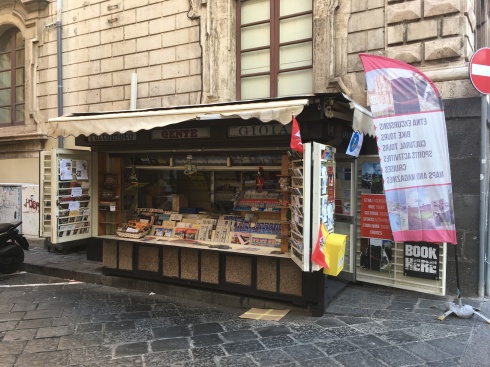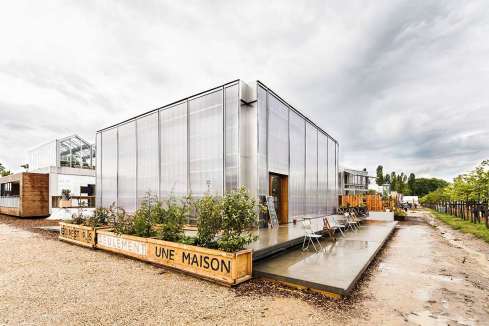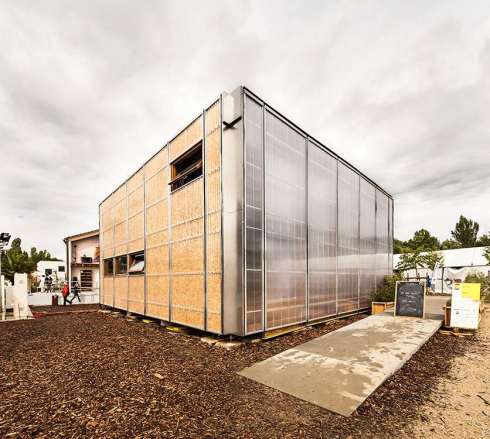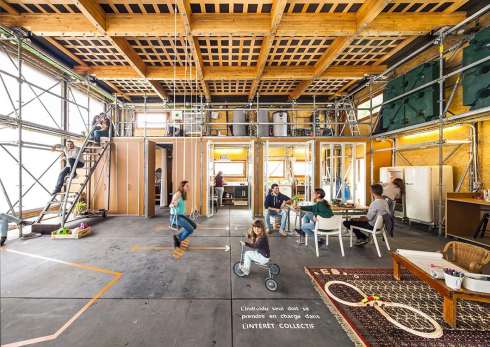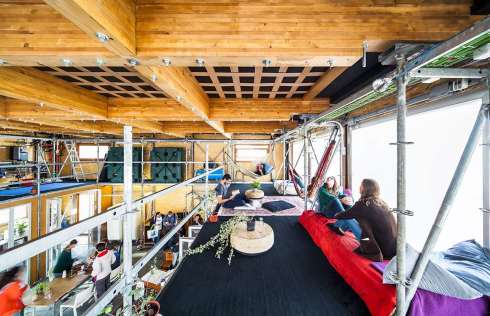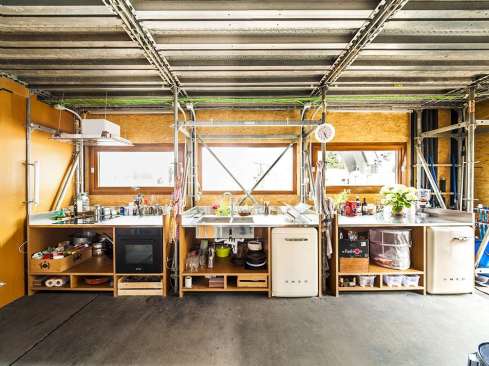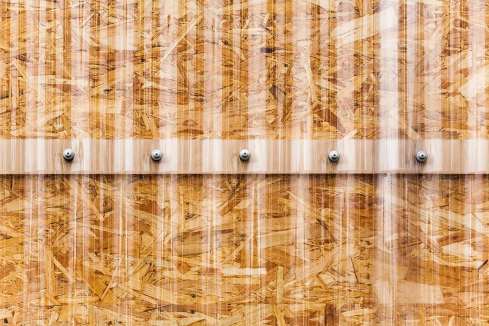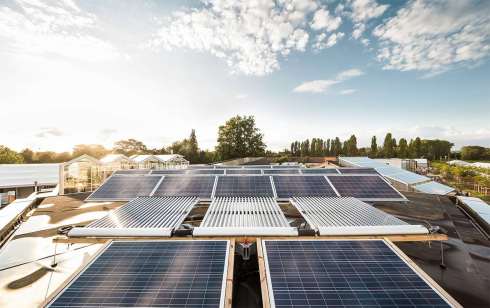
A quasi due settimane dall’apertura della nostra edicola/infopoint in piazza Duomo a Catania, leggo questo articolo interessantissimo che mi illumina sul potenziale di quest’attività, mi rincuora sulle possibili sfide socio-culturali da affrontare e rafforza la prospettiva che abbiamo, ancora una volta, con mezzi nuovi, di cambiare le cose intorno a noi.
Per sapere di più su Antonio Brizioli e la sua visione, visita: https://www.emergenzeweb.it/
La nostra edicola, invece, vende oggi solo qualche quotidiano e settimana enigmistica, ma è diventata sin da subito vetrina delle possibili attività che è possibile fare a Catania, per scoprire la città da turista ma anche da cittadino curioso. Abbiamo infatti si da subito riempito le bacheche con una serie di libri e riviste dedicate alla Sicilia, ai viaggi, al turismo, alla storia, all’architettura e alle tradizioni locali. Essendo noi un gruppo di guide turistiche, quello che meglio sappiamo fare è (come dice Antonio) dare vita ai luoghi, in cui la dimensione umana sia libera di esprimersi e agitarsi, facendo pure parlare le pietre, rendendo l’ignoto confortevole e curioso. ‘Ispirarci al paradiso che abbiamo dentro, non all’inferno che vediamo fuori’.
